
By Dave Spaulding
Enhance (en-hans)
Verb: to raise to a higher degree; intensify; magnify. To raise the value or price of. To make better, improve
Modify[mod-uh-fahy]
Verb: To change somewhat the form or qualities of; alter partially; amend
When physical changes are made to any object, they are certainly a modification. No argument there. What I want to discuss is how the end user views what’s a very personal object — the everyday carry handgun.
Much has been said about modifying a gun to be used for self-defense. Some maintain that any modifications will result in legal judgments, if not jail time. Others totally ignore any legal implications and carry guns that border on the absurd.
I once saw a student’s carry gun with an engraving on the slide of the grim reaper pulling a line of victims behind him wrapped in chains. Other such additions like barrel crown messages saying “Smile and wait for the flash” are certainly ill-advised. It seems to me the degree and purpose of these changes is where the potential problem lies.
I have always carried (46 years now) what I think of as an “enhanced” handgun. I’ve always made some type of modification to every gun I have owned, having never been satisfied with anything straight from the factory.
To me, the changes made to my guns were done to make it perform better for me. I also never carried an issued gun, always opting to buy my own so I could enhance it as I saw fit. My agency had no provisions, regulations, or restrictions for changes to a personal gun, merely a list of approved models.
Back in the revolver days, the enhancements were pretty straightforward, things most everyone did if they cared at all about shooting well. I had an action job performed so I could “roll” the DA trigger back without all the glitches and snags that were apparent in a factory revolver action. I changed the wood bell-shaped grips to a more physiologically efficient tapered grip that followed the shape of the hand. After all, the pinky finger is the shortest…why do factory grips get larger at the bottom? I also removed the bottom finger groove, leaving the top one so my hand could wrap around naturally.
I liked the red plastic insert on the wide front sight, but removed the white outline rear sight and replaced it with a flat black blade. I also had any sharp edges rounded (like on the cylinder release) so I could quickly manipulate the revolver without cutting my hands. This made for a carry gun that I could shoot really well.
And that, my friends, is what I was trying to achieve. In my mind, these were performance enhancements not modifications.
Semi-auto pistols came to my agency in 1987. My first pistol was a Smith & Wesson Model 669. I liked the size of the gun, but there were a few things that had to go.
First, the crunchy trigger action needed to be fixed. There was no way I could shoot that gun to its full potential with all the glitches in the action. Next, the sharp edges of the two plastic grip panels were blended to the frame to remove the sharp edges, while the grip frame itself was also rounded. I liked the front sight with its red line, but hated the white outline rear. I had the rear sight flattened and serrated. A carry bevel package was then added to remove all the sharp edges and make it more snag-resistant under clothing.
Several years later, S&W replaced the 669 with the Third Generation 6906 with Novak tritium sights. I sold the 669 for more than I paid and bought one. The one-piece, wrap-around grip was a big improvement, but once again the action needed some smoothing. I removed the rear Novak sight and replaced it with a Trijicon rear that had a notch for one-hand manipulation. The white rings around the rear tritium vials were blacked out. Like before, all sharp edges were removed.
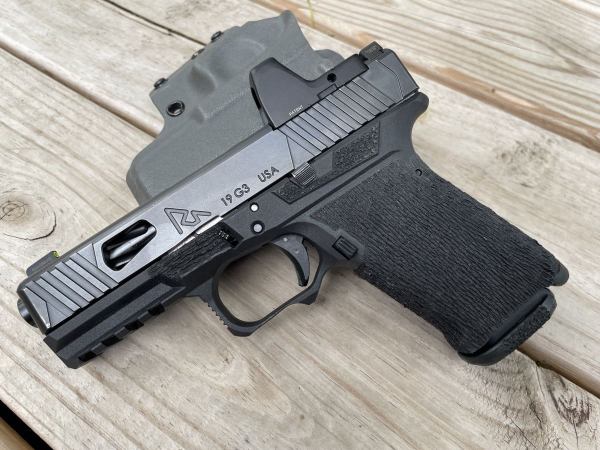
The move to the .40 S&W by American law enforcement led me to adopt the Heckler & Koch USP Compact. I sent the USP-C to Robar and had them perform several modifications including an action job, NP-3 on all the internal parts and the addition of tritium sights with a painted front sight.
On the USP, the slide lock lever is mounted in the middle of the frame and my forward shooting hand thumb would rest on the rear corner. I had Robar round the rear corner so my thumb avoided it and then coat it with NP-3. As part of this enhancement package, Robar added forward cocking serrations. I have always chamber checked forward on the slide and these serrations offer an improved gripping surface. Admittedly, I chuckle when people make them an issue. I’ve seen folks come unhinged over forward serrations which seems a bit silly. If it’s a good gun otherwise, just ignore them.
David Bowie was just getting his gunsmith business started about that time. We worked together at the Tactical Defense Institute and I had him stipple the grip of my USP-C. I’ve been a fan of grip stippling ever since, believing it offers superior friction to anything else I have tried.
If it comes back a little sharp, no problem. Just lightly rub some sandpaper over the surface until you achieve the grippiness you desire. The way I see it, checkering stabs the skin while serrations allow the skin to fill the void the serrations create. I think that’s a big difference.
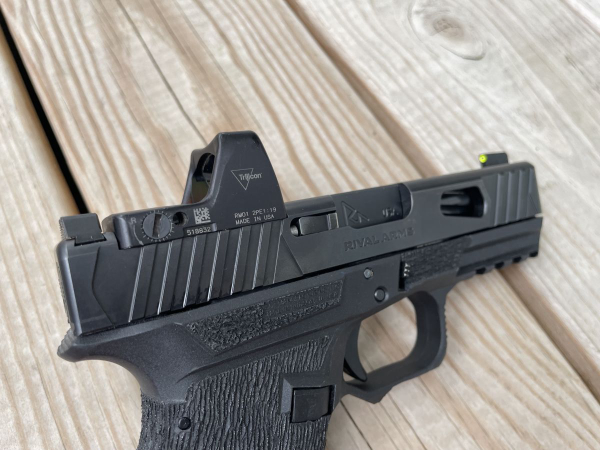
Toward the end of my LE career, I moved back to the 9mm, seeing little difference between it and the .40 S&W. I adopted the GLOCK 19 with a grip reduction, finding it to be big enough, but small enough for everyday carry. I’ve stayed with the G19 for over 20 years now and have owned a series of enhanced models.
My most recent EDC pistol is certainly my most enhanced version. It’s a “Gucci GLOCK” build with most of the components coming from after-market companies. During the great lockdown of 2020/21, I started to build these aftermarket pistols as something to do. Each one I built was better than the last one and when I stopped, I’d built 13 guns. I gifted one to my son and sold the rest.
Gun number 13 is still in my possession and uses a heavily ported Rival Arms slide with an optic cut, something that’s now found on many factory pistols. While it makes some of my friends and former students cringe, I have fully gone over to the dot side. Why? I can see the dot without wearing corrective lenses. The optic on pistol is #13 is a Trijicon RMR, though I have also successfully used an Ameriglo Haven, Holosun SCS and Bushnell RXS 250.
Am I concerned about the reliability of the carry optic? About the same as I am my Toyota truck. If I maintain it, it works just fine. Plus, the optic is backed up with irons, n this case, a set from Ameriglos that were made for a large federal LE agency.
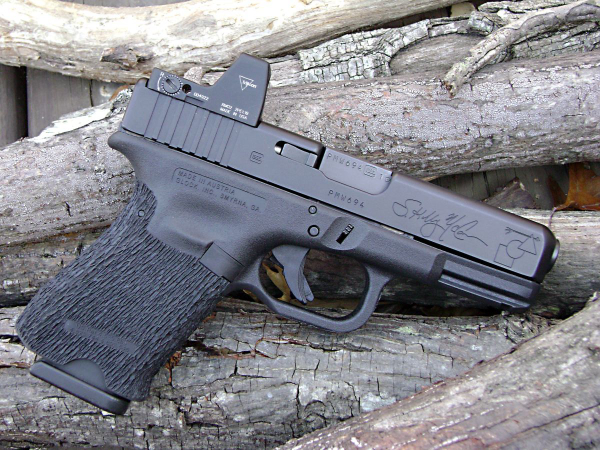
The barrel is also from Rival Arms while the slide stop lever is from Vickers Tactical. The trigger action is stock GLOCK, which includes a 3.5 lb. connector that’s been highly polished by yours truly. I remember very clearly my 8th grade metal shop teacher saying “where metal meets metal, polish for increased performance.” That made sense then and it makes sense now.
The frame is an inexpensive aftermarket version I bought online with the full intention of sending it off to David Bowie at Bowie Tactical Concepts. I have never been satisfied with any GLOCK grip, regardless of who made it. I want a GLOCK grip that fits my hand like a 1911, which means the front and backstraps are parallel to one another. It’s not just a grip reduction, it’s a grip reconstruction.
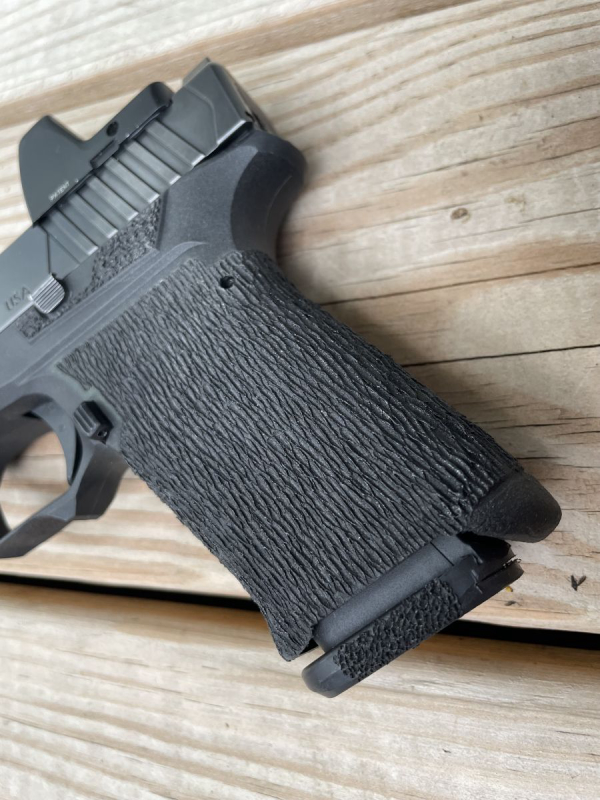
David cuts the grip down and rebuilds it. He can also add material if the grip isn’t big enough or you need an enhanced beavertail to eliminate slide bite. I’m not sure what type of compound he uses, but he can make a polymer grip feel like just about any handgun you desire.
David can also enhance your trigger guard to get the hand as high as possible or to help the shooter achieve the same grip time and again. He can also add thumb pads to both sides of the frame, something I’ve come to prefer as they help me obtain a consistent grip no matter how fast I wrap my hands around the frame.
In the end, I have a grip shape that allows me to point my muzzle right where I want it with little effort, something that’s very important and quite under-rated when using carry optics. David can also work over the top half of any pistol, offering action jobs and advanced machining on any slide to include a variety carry optic cuts.
While it’s fancier than I usually carry, pistol #13 performs exactly the way I want it. That enhances my capabilities and increases confidence. Some say I’m flirting with legal trouble by carrying an enhanced handgun, but as I have stated earlier, I have carried one all my life.
I have put a lot of thought into the upgrades and I’m prepared to articulate my reasoning. If avoiding legal problems was my main concern, I would just stay home. Pistol enhancements are intended to enhance my ability to shoot quickly, accurately and to prevail. You certainly have the right to see it differently.

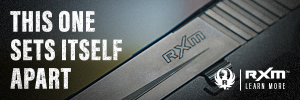
Hello! I wanted to drop by and say that I really enjoyed this blog post. Your writing is always so clear and concise, and you have a talent for making complex topics easy to understand. Thank you for sharing your insights with us. I’m looking forward to your next post!